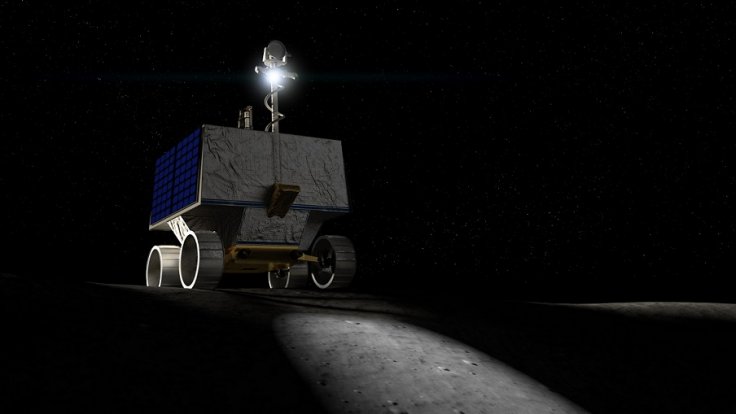NASA announced that it has delayed one of its missions to explore the lunar surface. The mission was conceptualized to find water on the Moon in preparation for a human lunar outpost. Known as Volatiles Investigating Polar Exploration Rover (VIPER), it was supposed to launch in December 2022 but NASA has decided to carry out with the mission sometime in 2023 now.

Objective Of VIPER Mission
Details of the VIPER mission, officially unveiled by NASA in October last year, involve deploying a golf cart-sized rover on the lunar surface. During the course of its mission, VIPER will utilize its equipment to look for water on the Moon. Daniel Andrews, the project manager for the mission, explained that finding a natural water source on the lunar surface will be an important aspect in the operations of a future outpost on the Moon.
"The key to living on the Moon is water – the same as here on Earth," he stated. "Since the confirmation of lunar water-ice ten years ago, the question now is if the Moon could really contain the amount of resources we need to live off-world. This rover will help us answer the many questions we have about where the water is, and how much there is for us to use."
Once this @NASAMoon rover lands, it will collect up to 100 days of data, travel several kilometers and survive lunar nights. Moving delivery of VIPER to 2023 allows for upgrades so that the rover can conduct longer and more exciting science on the Moon! pic.twitter.com/KxjQJXNw3t
— Thomas Zurbuchen (@Dr_ThomasZ) February 25, 2020
Delaying the VIPER Mission
Recently, Thomas Zurbuchen, head of NASA's Science Mission Directorate has confirmed via Twitter that the launch of the VIPER mission has been pushed back by a year owing to essential upgrades on the rover. with these upgrades, he said the VIPER will become more efficient and reliable. The upgrades will enable VIPER to operate for a longer period on the Moon, which means it will have more time searching for water on the lunar surface.
NASA's Commercial Partners
NASA has not yet selected a launch provider for the VIPER mission. Recently, the agency announced that it is calling on its commercial partners to start bidding for the mission. Whichever company is selected will be tasked with deploying the VIPER rover on the Moon as its payload.
"The Commercial Lunar Payload Services initiative is leveraging the capabilities of commercial industry to send scientific instruments and technology demonstrations to the Moon quickly," NASA stated.









